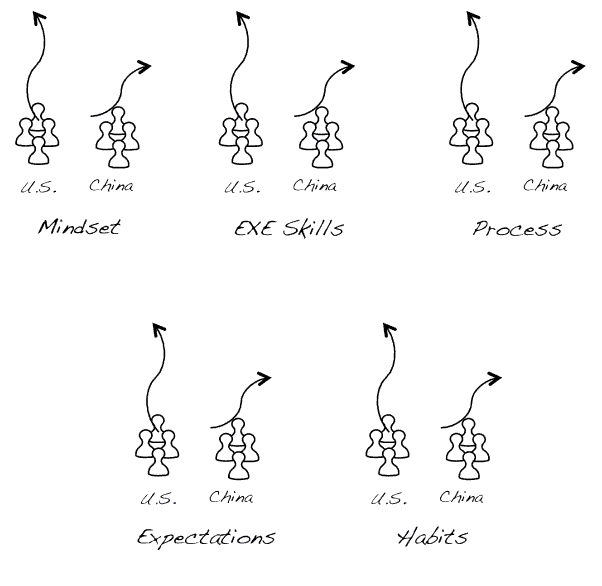
Junko Yoshida, of EETimes reviewed this book and said something that aptly describes what I was trying to do with this book: “At a time when China observers in the U.S. struggle to unlock the mysteries of the Chinese market through academic books, this is probably the first practical volume by an engineering and marketing manager that targets his peers working for U.S.-China companies.”

